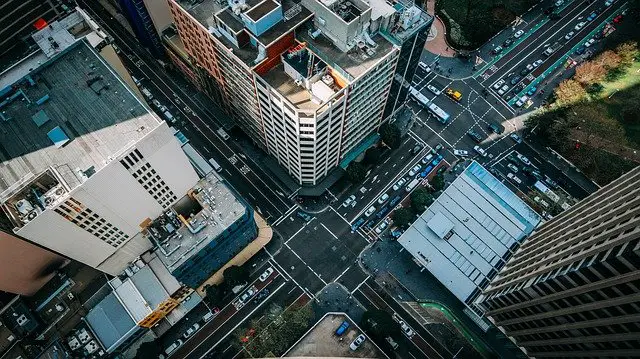It’s not happening in every large city, but some of the most densely populated places are seeing a decrease in vehicle accidents and traffic congestion within central urban areas. How has this happened? No one knows for sure, but there are plenty of credible theories. Chief among them the notion that widespread use of light rail has done plenty to cut down on both congestion and collisions. But, there’s much more to the question than that. In fact, the leading factors responsible for safer and less crowded streets in some of the nation’s biggest cities include the following.
Low Speed Zones
When it dawned on city planners several decades ago that school zone speed limits saved thousands of lives and prevented millions of injuries each year, the concept was taken to the next level, urban business sectors. Take a stroll through any of the world’s big cities and you’ll notice something interesting, that very low speed limits in the most densely populated zones. In school zones, speed is limited to 10 MPH and signs are now commonplace in city centers, and they’re making it much safer to be a driver or a pedestrian.

Safer, Smarter Trucks
Commercial fleet management has done much to make city roads safer. For instance, collision avoidance systems are a central component of trucking safety systems these days. If you want to know more about this intriguing next wave in commercial safety technology that prevents vehicles from colliding, review an online guide about the topic. Many downtown business corridors have implemented strict speed limits for commercial trucks, and some cities mandate specialized safety tech be on any commercial vehicle that traverses municipal property. But it’s the crash avoidance technology that has really done the job of making today’s trucks safer than ever.
E-Bikes and Similar Conveyances
Another urban trend that’s been a few years in the making involves electric bicycles, e-scooters for hire, and neighborhood electric vehicles. In massive urban and business districts in cities like Phoenix, Chicago, London, and Yokohama, all kinds of non-car vehicles ply the roadways, and most of them are silent, all-electric carriers like mini-scooters, golf carts, enclosed NEVs, e-bicycles, and battery powered skateboards. It’s worth remembering that electric powered vehicles don’t pollute downtown air, are quiet, are very safe because they rarely exceed low speeds, and are smaller substitutes for cars and trucks. The e-vehicle revolution is just beginning, so there’s much potential for this trend to help reduce traffic congestion even more.
Light Rail
Cities all over the world that have constructed urban light rail networks have seen drastic reductions in car accidents, fuel consumption, air pollution, noise, and bumper-to-bumper gridlock during rush hour.
No Drive Days
U.S. and European cities are taking a page out of the Asian operating manual and establishing no drive days a few times each month in urban areas, particularly on Sundays near holiday seasons. Japanese traffic experts implemented this idea decades ago to abate collisions and exhaust pollution in Tokyo. The strategy was such a success that it has finally spread all over the world, and seems to receive kudos from business owners and consumers alike.
Related Articles:
- Level of Service (LOS)
- Design principles for Intersections
- Intersection Control – Active & Passive control